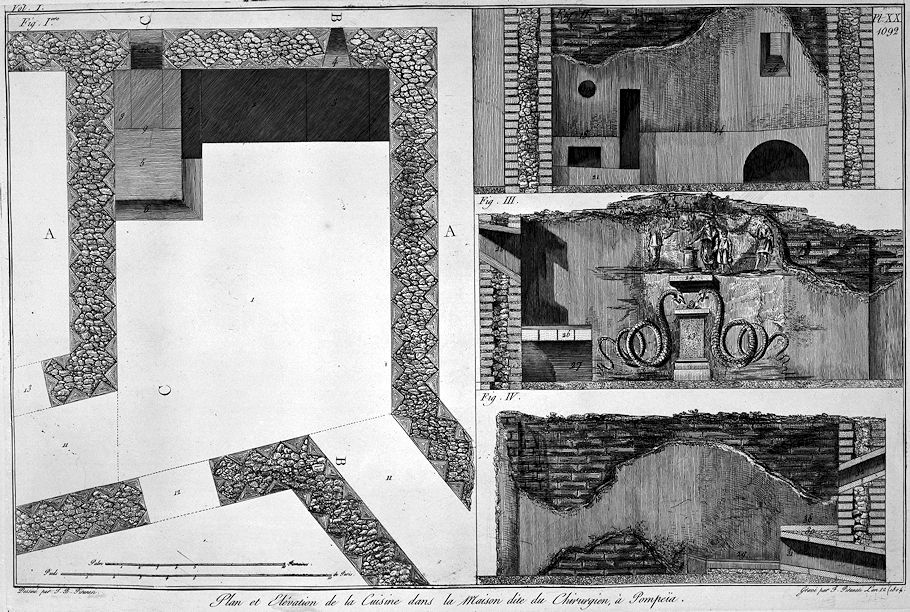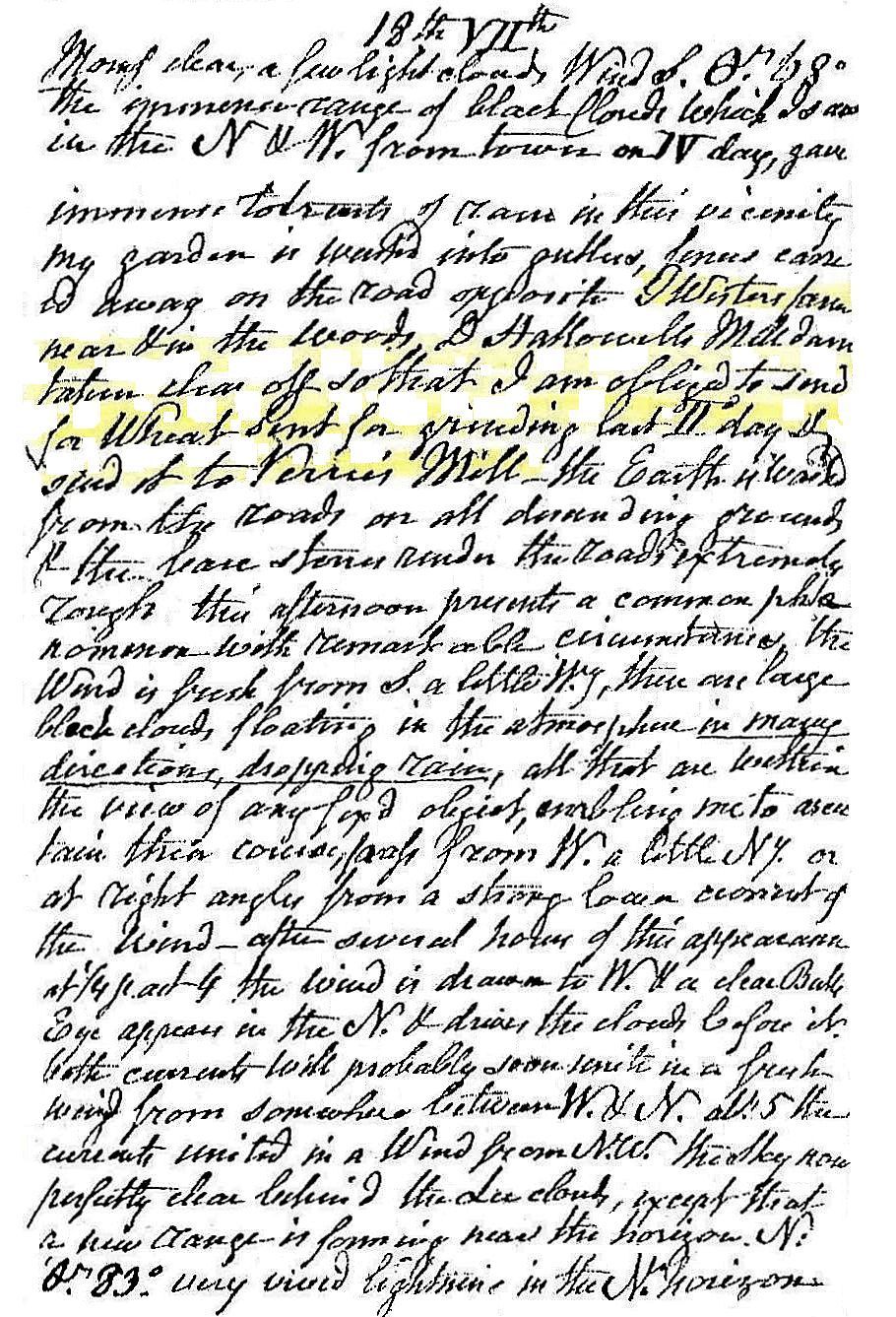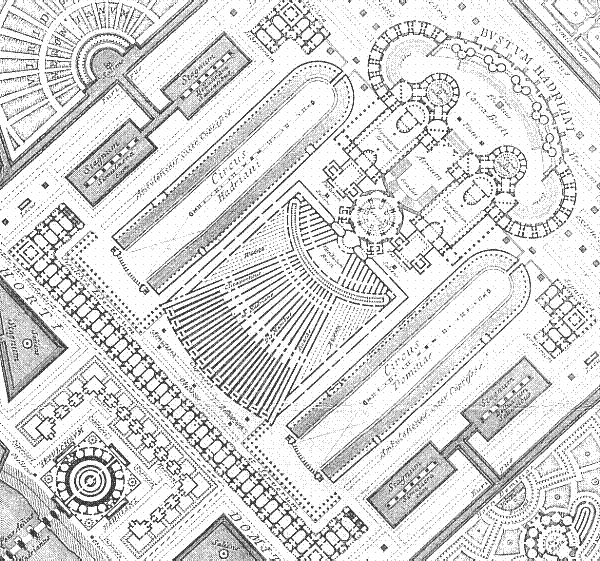18 July 326
Constantine the Great arrives in Rome to end his Vicennalia, his 20th anniversary as a Roman ruler.
18 July 1778 Saturday
. . . . . .
Artifacts of the Bianconi vs Piranesi 'Circus of Caracalla' affair 1772-1789
Giovanni Lodovico Bianconi's "Elogio Storico del Cavaliere Giovanni Battista Piranesi Celebre Antiquario ed Incisore de Roma" (1779)
paragraph eleven
In mezzo a tante cose il Piranesi, a guisa di quegli Ebrei che fabbricando tenevano con una mano la spada e la cucchiara coll’altra, difendevasi
bravamente e lavorava. Allevava altresì i suoi figliuoli per la via delle belle arti a lui tanto obbligate, ed insino una sua figliuola incide elegantemente sulle singolari tracce del padre. Proporzionatamente all’aumento della famiglia erano cresciute in numero le sue opere ed i rami, de’ quali ha formata una serie, anzi un capitale rispettabilissimo.
In the midst of so many things, Piranesi, in the manner of those Jews who, while making, held a sword with one hand and a spoon with the other, defended himself well and worked. He also raised his children in the way of the fine arts so obliged to him, and even one of his daughters engraves
elegantly on the unique footsteps of his father. In proportion to the increase in the family, his works and branches had grown in number, of which he formed a series, indeed a very respectable capital.
paragraph twelve
Dopo avere incisa, e pubblicata la maggior parte dell’antichità di Roma e dell’agro romano, dopo aver data fuori la miglior parte dell’opere sue, cioè i Fasti Consolari e Trionfali presi dai marmi Capitolini, fece alcuni viaggi a Napoli per osservare quella città, che il magnanimo genio di Carlo III ora Monarca delle Spagne scoprì sotto la lava e le ceneri del Vesuvio, le quali le avevano tenute nascoste quasi diciassette secoli. Egli osservò attentissimamente le misure, la forma, la pianta e la distribuzione del teatro d’Ercolano, che, quantunque coperto e sotto terra settanta palmi in circa, con maraviglioso artificio si può vedere intatto ancora e girare. Al Piranesi come pratico di queste cose un colpo d’occhio valeva più che le misure più faticose ad un altro. Prese ancora le piante di quanto è sinora stato scoperto della intatta città di Pompeia, miniera inesausta di erudizione. Pare che egli avesse intenzione di pubblicare tutte queste cose, se la morte non lo preveniva, ma speriamo che il
genio tutelare delle belle arti farà che a ciò suppliscano i suoi figliuoli ed eredi. Fu in quell’occasione che andò fino nella Lucania a vedere le ruine dell’antichissima città di Possidonia, o sia di Pesto, e ne disegnò quelle singolari colonnate di tempi e di basiliche, testimoni anche esse dell’antica grandezza degli Itali primitivi. Queste ha egli avuto il tempo d’incidere magnificamente, e noi, che abbiamo veduto e le rovine e le incisioni, siamo certi dell’approvazione del pubblico.
After having engraved and published most of the antiquities of Rome and the Roman countryside, after having published the best part of his works, namely the Fasti Consulari and Trionfali taken from the Capitoline marbles, he made several trips to Naples to observe that city, which the magnanimous genius of Charles III, now Monarch of Spain, discovered under the lava and ashes of Vesuvius, which had kept them hidden for almost seventeen centuries. He observed very attentively the measurements, the shape, the plan and the distribution of the theater of Herculaneum, which, although covered and about seventy palms underground, with marvelous artifice can still be seen intact and turned. To Piranesi, as an expert in these things, a glance was worth more than the more tiring measurements to another. He also took the plans of what has so far been discovered of the intact city of Pompeia, an inexhaustible mine of erudition. It seems that he intended to publish all these things, if death did not prevent him, but we hope that the tutelary genius of the fine arts will make up for his children and heirs. It was on that occasion that he went as far as Lucania to see the ruins of the very ancient city of Possidonia, or both of Pesto, and he drew those singular colonnades of temples and basilicas, also witnesses of the ancient greatness of primitive Italics. These he had time to engrave beautifully, and we, who have seen both the ruins and the etchings, are sure of the approval of the public.
46 y.o. Francesco Piranesi 1804
Le Antichità della Magna Grecia Parte I

Plan and Elevation of the Kitchen in the so-called House of the Surgeon, in Pompeii.
Drawn by G.B. Piranesi
Engraved by F. Piranesi Year 12 (1804)
18 July 1812 Saturday

Morning clear, a few light clouds, wind S, temperature 68°. The immense range of large black clouds which I saw on Wednesday, gave immense torrents of rain in the vicinity. My garden is weeks[?] into gullies[?]; fences carried away on the road opposite T Wister's farm near and in the woods. D. Hallowell's mill dam taken clear off, so that I am obliged to send for wheat sent for grinding last Monday and send it to Verree's mill. The earth is washed[?] from the roads on all demanding grounds and the bear stones render the roads extremely rough. This afternoon presents a common phenomenon with remarkable circumstances. The wind is fresh from S, a little Werly. There are large black clouds floating in the atmosphere in many directions dropping rain, all that are within the view of any fixed object, enabling me to ascertain their course, passes from W a little Nerly or at right angles from a strong low current of the wind. After several hours of this appearance, at 1/4 past 4 the wind is drawn to W, and a clear bull's eye appears in the N and draws the clouds before it. Both currents will probably soon unite in a fresh wind from somewhere between W and N. About 5 the currents united in a wind from NW. The sky now perfectly clear behind the lee clouds, except that a new range is forming near the horizon N. Temperature 83°, very vivid lightening in the N horizon.
18 July 2001
The place where the bodies of the dead were burned and buried under Hadrian

The Bustum Hadriani of the Ichnographia Campus Martius comprises two circuses flanking an enormous funerary complex, all on axis with the gigantic Sepulchum Hadriani. This design by Piranesi perfectly reenacts the ancient Roman 'munus'.
munus : a service, office, post, employment, function, duty : a work : the last service, office to the dead, i. e. burial : a public show, spectacle, entertainment, exhibition
"For formerly, in the belief that the souls of the departed were appeased by human blood, they were in the habit of buying captives or slaves of wicked disposition, and immolating them in their funeral obsequies. Afterwards they thought good to throw the veil of pleasure over their iniquity. Those, therefore, whom they had provided for the combat, and then trained in arms as best they could, only that they might learn to die, they, on the funeral day, killed at the places of sepulture. They alleviated death by murders. Such is the origin of the "Munus."" . . . continued
Tertullian, De Spectaculis
18 July 2023 Tuesday
Hélène Gregoroffsky Fisher, a true unique among foremost Russian Americans.
|